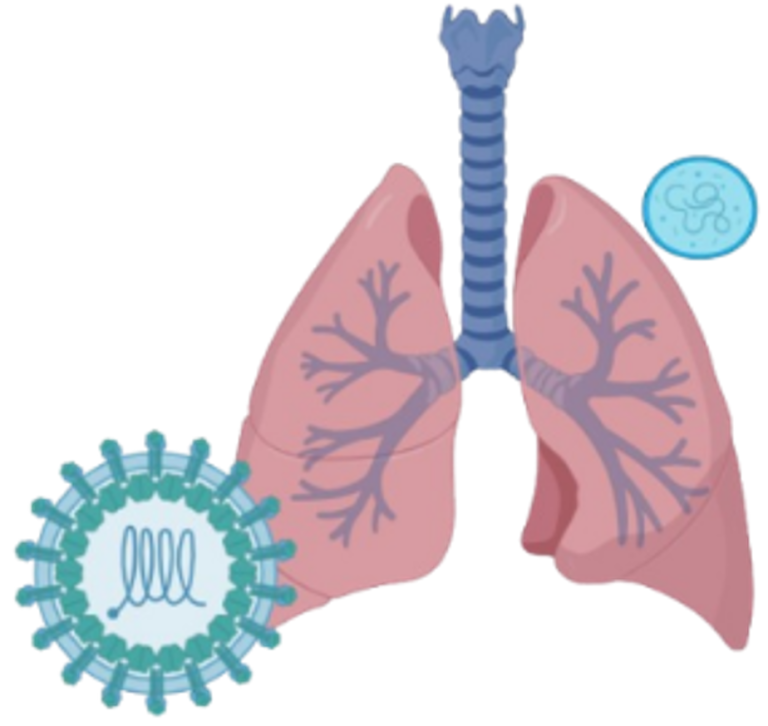Introduction
Respiratory disorders are one of the main threats affecting swine production. Their presence on farms leads to a marked decline in productivity, caused by high mortality rates, increased investment in treatment, and delayed animal growth. In this context, the exposure to mycotoxins, toxic metabolites produced by different types of fungi, cause detrimental effects on pigs’ health, leading to an increase in the incidence of these types of disorders.
Immunotoxicity
The most prevalent mycotoxins, such as aflatoxin B1 (AFB1), ochratoxin A (OTA), deoxynivalenol (DON), T-2 toxin (T-2), fumonisin B1 (FB1), and zearalenone (ZEN), are characterized by their immunosuppressive effect in animals. However, the most accurate way to describe the effect of these compounds on the immune system is the immunotoxic effect. This is because, in addition to presenting an immunosuppressive effect, these compounds can also generate an immunostimulant effect (Sun et al., 2022).
On one hand, the immunosuppressive effect of mycotoxins is widely known to increase animals’ susceptibility to diseases. On the other hand, the immunostimulatory capacity also negatively affects animal health, but in this case, it induces exaggerated inflammatory reactions that can affect various vital organs (Sun et al., 2022).
In any case, the immunological effect of mycotoxins makes livestock, and specifically swine, especially susceptible to infections of both bacterial and viral origin. Therefore, their presence in feed increases the incidence of respiratory disorders in these animals.

In vivo studies have reported an increased incidence of porcine reproductive and respiratory syndrome (PRRS) due to animal exposure to FB1. The presence of this mycotoxin in feed has also been associated with a higher prevalence of respiratory bacteria, such as Mycoplasma hyopneumoniae, which causes enzootic pneumonia in pigs; Bordetella bronchiseptica, which causes bordetellosis; and Pasteurella multocida, which causes pasteurellosis (Antonissen et al., 2014).
Porcine pulmonary edema

The group of mycotoxins most implicated in the development of respiratory pathologies in swine are fumonisins, as these compounds are considered the main cause of porcine pulmonary edema syndrome (Zeebone et al., 2022).
This syndrome is characterized by causing severe respiratory symptoms in animals, such as marked respiratory distress, accompanied by apathy and prostration, abdominal straining, and mouth breathing. Sometimes, it can even lead to death (Haschek et al., 2021; Mallmann et al., 2007).
Fumonisins affect the cardiovascular system of swine. These substances alter the animals’ lipid metabolism, inhibiting ceramide synthase synthesis and, consequently, sphingolipids synthesis. This causes an increase in sphingoid bases in the blood, which is related to both altered cardiac contractility and increased vascular permeability, both possible causes of pulmonary edema (Haschek et al., 2021; Smith et al., 1996).
Conclusion
Swine are among the most susceptible animal species to the detrimental effects of mycotoxins. Furthermore, the incidence of respiratory diseases is a threat to farms productivity. Therefore, the effect of mycotoxins on swine must be curbed, preventing them from contributing to the development of respiratory diseases, either through their immunotoxicity or directly.



